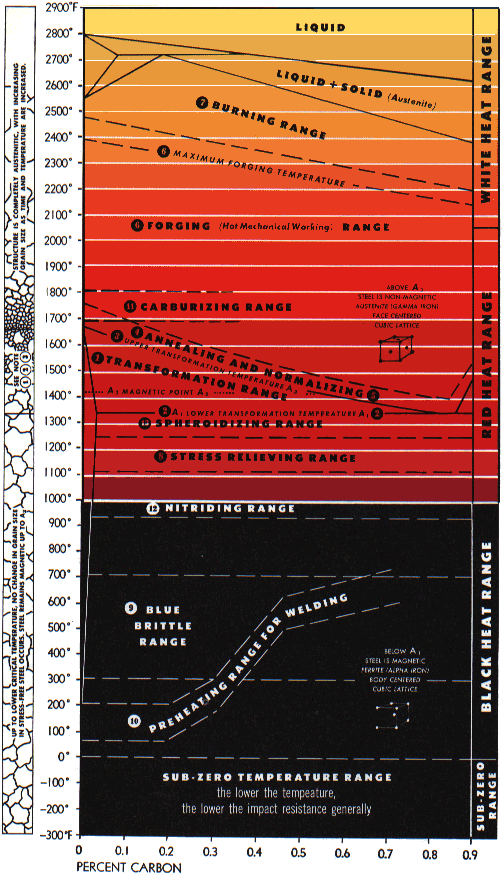1RTK1
Pattern Altitude
When at the right rpm on my o-360 I can make my mixture knob act as a throttle with no roughness ever detected.
When you are measuring with a micrometer, don't cut with a chainsaw.My POH indicates that 25 LOP is acceptable .
Not sure what that means...at least not in this context.When you are measuring with a micrometer, don't cut with a chainsaw.
It sounds to me like the other cylinders are reaching peak before the gage indicates peak on this cylinder.
65 isn’t old enough?You have to be an old guy to understand......
I'm saying, that no carb'ed engine will get the mixture of all cylinders close to enough to run without having one or more in the red box.What Tom is saying is that is is not practical to attempt to set the mixture to a precise EGT setting using a single uncalibrated EGT gage. It sounds to me like the other cylinders are reaching peak before the gage indicates peak on this cylinder. I am wondering if the engine is running too lean...maybe an intake leak ? I would not have removed cylinders over a white residue ? Mogas usually leaves a dark deposit...100ll leaves a grey deposit.
Does the engine develop full power? fuel metering will see the combustion color change.I’m sure that’s the issue. Plane just finished annual. No engine issues reported. But with a carbureted engine, I’m not surprised other cylinders may be past peak before the gauged one. That’s why I’m looking forward to the engine monitor to see what each cylinder is doing... Still don’t get the chainsaw/micrometer analogy, though...

My suggestion to him is to insist they replace the exhaust valves and valve seats, a carburetor overhaul in addition to the $6,000 he has already spent on pulling the jugs the first time to clean up the white residue.
Yeah, this. We regularly leaned our O-300 (172F) until it ran rough, then screwed it in until it smoothed out. The head temps never did anything weird, and fuel burn was under eight gallons per hour (at a deeeeee-luxe 105 KIAS). That engine is very smooth, so you can tell quickly if it's not quite right.More like the engine likely won’t run smoothly at a lean enough mixture that would hurt it.
WHY? clean fuel should remedy the problem.
My thought is that if the exhaust valves are green in color they probably were too hot. Does not sound like they burnt the edges since the green color is in the center of the valves, but to be safe that the valve does not have any internal heat stress cracks or grain modifications where the mushroom head meets up with the stem it might be a good precaution - especially if the insurance company will pay for it? The lower transformation range for steels start at about 1,350F and extends up to the upper transformation range at 1,675F for the lowest carbon steels and as the carbon increases in steel the upper transformation range decreases below 1,400F. Between the lower and upper transformation ranges steel can experience modifications in integrity and potentially permanent warping. At slightly over 1,400F steels change internally from a body centered cube lattice to a face centered cube lattice turning into gama centered austenite grains (they also become non magnetic until they cool back down below the lower critical), but integrity is likely affected. If steel reaches 1,800F (classed as the bottom of the forging range) integrity is definitely gone. So if the engine was operated too lean how long do you think it would take for the exhaust valves to reach 1,400 degrees? I don't know but don't think it would be a bad precaution to put in new exhaust valves. My thought is if there was 1/32" of white plastic residue melted inside the engine combustion chamber there must have been quite a bit of filter element going through that carburetor jet.WHY? clean fuel should remedy the problem.

My thought is that if the exhaust valves are green in color they probably were too hot. Does not sound like they burnt the edges since the green color is in the center of the valves, but to be safe that the valve does not have any internal heat stress cracks or grain modifications where the mushroom head meets up with the stem it might be a good precaution - especially if the insurance company will pay for it? The lower transformation range for steels start at about 1,350F and extends up to the upper transformation range at 1,675F for the lowest carbon steels and as the carbon increases in steel the upper transformation range decreases below 1,400F. Between the lower and upper transformation ranges steel can experience modifications in integrity and potentially permanent warping. At slightly over 1,400F steels change internally from a body centered cube lattice to a face centered cube lattice turning into gama centered austenite grains (they also become non magnetic until they cool back down below the lower critical), but integrity is likely affected. If steel reaches 1,800F (classed as the bottom of the forging range) integrity is definitely gone. So if the engine was operated too lean how long do you think it would take for the exhaust valves to reach 1,400 degrees? I don't know but don't think it would be a bad precaution to put in new exhaust valves. My thought is if there was 1/32" of white plastic residue melted inside the engine combustion chamber there must have been quite a bit of filter element going through that carburetor jet.
Please share your thoughts what you would request of the insurance company if you are hauling your family and grand-kids in this bird? I may be overly cautious.

